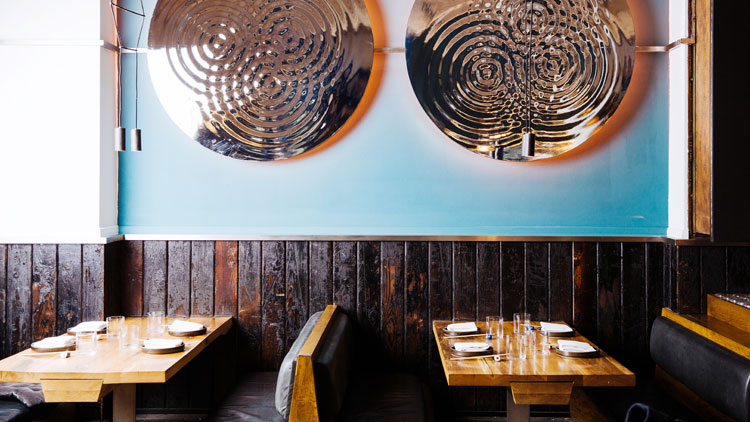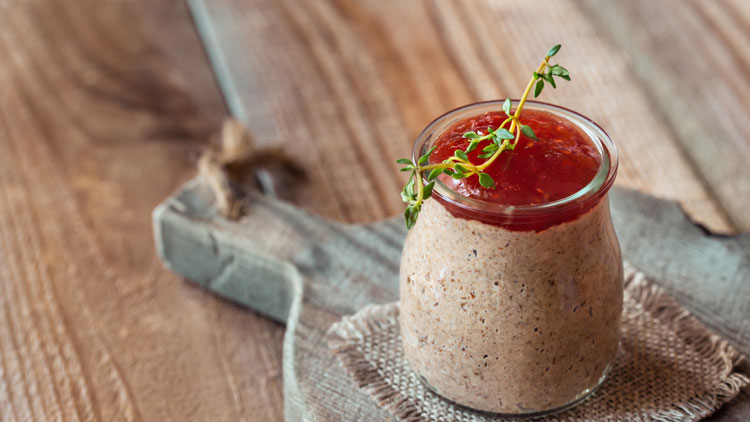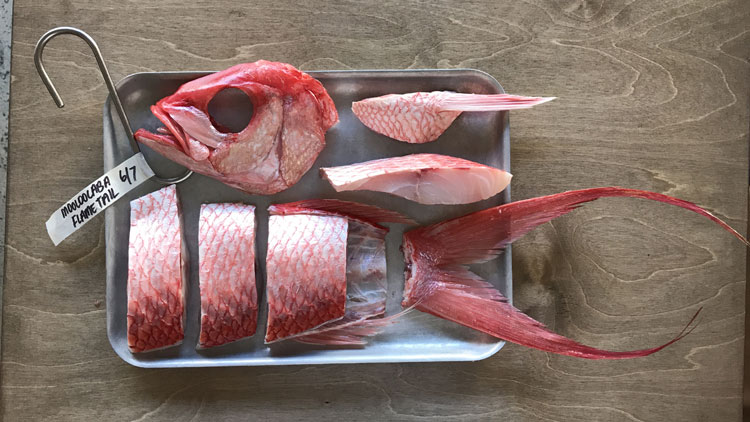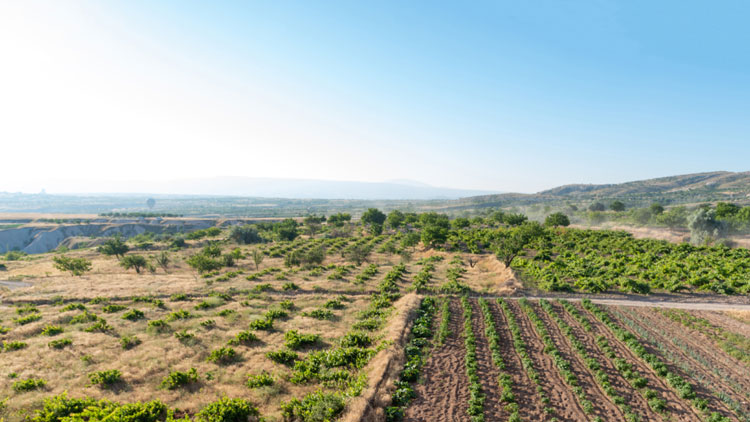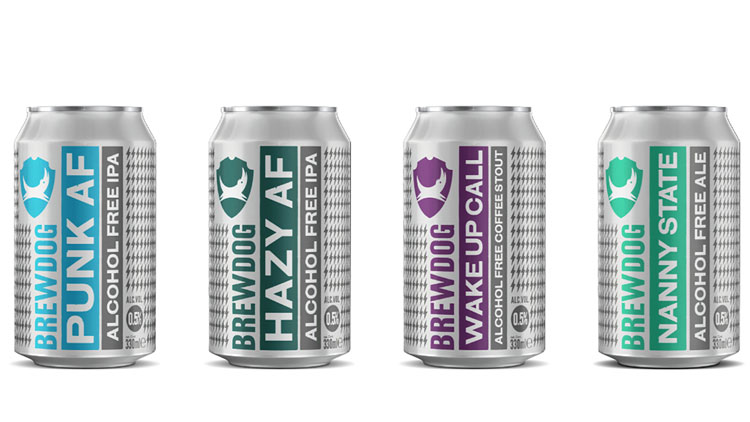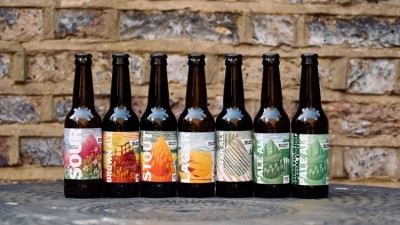2020 vision: a look at this year's restaurant trends

Restaurants as ‘members’ clubs’
Members’ clubs have soared in popularity thanks to Nick Jones et al but their one drawback – unless you have numerous different styles of places across the world à la Soho House – is their limited dining offer. With restaurants in the capital still opening at an alarming rate, people often don’t want to be tied to one venue, but still want to be treated as if they were a member when eating out. Step forward inHouse, a membership scheme that gives perks to diners in multiple restaurants. Launched in New York, inHouse is coming to London this year, giving members access to their own dedicated ‘experience managers’ who can make bookings at partner restaurants, give them access to exclusive dinners and basically ensure they’ll be treated like a regular. Places currently signed up include Brat, Clipstone, The Clove Club, Davies and Brook, Flor, Gymkhana and St John.
Short-term residencies
Short-term residencies and incubator-style projects that make it easier for up-and-coming operators to secure bricks and mortar will grow in popularity this year. It’s about the optics as much as anything else. A restaurant failure is bad PR and can make it harder for landlords to relet the site – it can also raise uncomfortable questions about the viability of a development. It’s already happening in prime areas of London: 10 Heddon Street has become a short-term incubator project that is currently home to Japanese restaurant Pacific until the end of February. Down the road, the townhouse that was once home to Mark Jarvis’ Stem is being used by gluten-free pasta concept Pasta Plant until landlord the Crown Estate can find a permanent tenant. Meanwhile, the Whitworth Locke hotel in Manchester is offering up its restaurant space to street traders as the city’s first ever ‘permanent residency restaurant’.
‘Alexa – serve table seven’
While the idea that harvesting and making good use of data can have a transformational effect on restaurants is not a new one, this year will see new technologies exploit data like never before. SevenRooms’ recent partnership with Amazon Alexa gives a taste of what is to come. Servers don smart glasses, an earpiece and a mic and can request intel from Alexa about each person on the table, including historical spend, historical visits, menu items ordered and dietary preferences (SevenRooms’ version of Alexa is not tethered to a hub/fixed unit in the same way that consumer Alexa units are). If used sensitively, this sort of technology could be a game-changer and has applications far beyond the relatively high-end establishments at which it’s currently on trial.
Faux gras (and other house made mock meat)
French chef Alexis Gauthier caused a stir with the launch of his vegan take on foie gras, which sees mushrooms, walnuts and lentils deftly blended together. This clever and provocative dish is now served to every diner that visits his eponymous Soho restaurant, nearly always winning round the minority who still wish the kitchen hadn’t turned its back on the real thing. It also highlights that things that ape meat don’t need to be heavily processed and can be made in-house. As more chefs look to cut the amount of animal products on menus we can expect more restaurants to follow in Gauthier’s ethically-conscious footsteps.
Netflix and chilli
With the growth in food delivery showing no signs of slowing, delivery platforms are going to look to new ways of getting themselves noticed and making it even easier for customers to place an order in 2020. TV advertising is the tried and tested model – at least when Deliveroo stops falling foul of the Advertising Standard Authority’s rules in any case – but with fewer people watching real-time TV, companies are still missing out on targeting box set bingers and on-demand film watchers. However, technological advances in the Internet of Things means it’s likely to be only a matter of time before a person’s Prime or Amazon account will be ‘speaking’ with delivery companies to flash up offers tailored to when – and even what – people are watching. Martini delivery with No Time to Die, anyone?
Whole fish butchery
With interest in sustainability at an all-time high and margins under increasing pressure, 2020 will be the year that chefs finally start to apply the nose-to-tail ethos to fish. Australian chef Josh Niland is following in Fergus Henderson’s wake to prove that – in the right hands – nearly every single bit of a fish can be rendered edible. Inspired by his recently published The Whole Fish book (Hardie Grant, £25) chefs from all over the world are starting to experiment with more creative cuts that make better use of the whole carcass and also add interest to the plate. Niland has borrowed from the vernacular of the meat world to produce everything from collars to a forequarter rack. He’s also a genius when it comes to making use of the more icky bits. Milt (fish sperm) mortadella, anyone?
Hard seltzers
Hard seltzers – basically sparkling water spiked with alcohol – were a drink sensation in the US last year, with some predicting the category will grow to $2.5bn by 2021. It seems inevitable, therefore, that some of the hype surrounding hard seltzers is going to rub off over here. There are some question marks over whether these drinks have similar appeal this side of the pond not least because, at around the 6% abv mark, they fly in the face of the growing trend for low and non-alcoholic drinks, making them something of a hard sell. But that isn’t going to stop many drinks producers large and small having a roll of the dice in the UK. AB InBev is one of the companies leading the charge, with the launch of its Mike’s Hard Sparkling Water over here, along with brands such as DRTY Hard Seltzer and Bodega Bay.
Wines from Turkey and its neighbours
Turkey and its neighbours Greece, Bulgaria, Georgia and Armenia have been producing wine for far longer than France and Italy yet rarely get a look-in on UK wine lists. This is starting to change, with Greek wine in particular now a fairly common site on forward-thinking lists. But there’s a lot more to come from a region that played a pivotal role in the early history of wine (the world’s first winery was founded in Armenia in 4100 BC). A large proportion of the wine from these countries is produced for domestic consumption but this is starting to change as a new generation of progressive vignerons make more ambitious wines for export that in many cases can give more established wines a run for their money. Most wines from these countries offer terrific value: land prices are typically low, labour is cheap and lack of international recognition means restaurants are generally not paying for prestigious appellations and labels.
Wine water
Water that tastes like wine sounds like something that would never take off but the voracious thirst for non-alcoholic alternatives to the hard stuff means anything goes these days. Brand O.Vine is made by upcycling wine grape skins and seeds from Israel’s Galil Mountain Winery to create a wine grape-infused water that tastes surprisingly good (the white in particular). A white wine water made from sauvignon blanc, gewürztraminer and chardonnay wine grapes is available, as well as a red made from cabernet sauvignon, merlot, syrah and petit verdot. The wine sector has arguably been slow to develop non-alcohol alternatives and there is a feeling in the industry that consumers don’t want to splash out on them. Could wine water be the answer?
Singaporean food
Singaporean food has under-indexed in London in comparison to other Asian cuisines but this is being addressed, with a number of chefs and restaurants championing the food from this island city-state. In recent years the Peranakan spicy noodle soup laksa has become more popular in the capital thanks to places such as Sambal Shiok and Laksamania but there are still only a handful of places where a larger canon of Singaporean dishes are served. Things are changing, however. Ellen Chew, known for founding Chinatown’s Malaysian and Singaporean restaurant Rasa Sayang, wowed Londoners when she opened Singaporean restaurant and bakery Singapulah & Arôme in Soho at the tail end of last year. Elizabeth Haig is also now championing the cuisine at Mei Mei, her newly-opened London Bridge restaurant where Hainanese chicken is the hero dish. There’s more to come, too. Singaporean street food chain Old Chang Kee is launching a second London restaurant and Nusa Kitchen, the London-based Singapore soup concept, recently raised £300,000 towards its growth plans.
New low and no options
Gin has been the spirit on everyone’s lips over the past few years, so it stands to reason that much of the development in the non-alcoholic spirits category has been in gin alternatives. With the market now already crowded, this year we’re likely to see more non-alcoholic alternatives to other spirits, including rum, tequila and even whisky, as well as many more that defy categorisation. Drinks brand Stryyk was ahead of the curve with its Not Rum, and other moves in this sector include Three Spirit, which produces a number of interesting drinks. Pre-batched no-alcohol cocktails such as Seedlip’s Nogroni are already a thing but expect abstinence alternatives for all manner of other cocktails to come through this year.
Craft zero-alcohol beer
For decades non-alcoholic beer was something that gathered dust in your cellar or back bar. Then all of a sudden it became the drink of choice among drivers and teetotallers and places couldn’t sell it fast enough. This has now paved the way for the next generation of 0% beers that are moving the needle with non-alcoholic versions of saisons, wheat beers and just about everything else. Big Drop is a front runner, with launches such as a 0.5% abv hibiscus saison and a raspberry gose. BrewDog is also making moves, producing an alcohol-free raspberry sour beer under its Faux Fox brand and has also just launched Punk AF, a zero-alcohol alternative to its Punk IPA. It will soon add to this with Hazy AF, a 0.5% version of its Hazy Jane that it says will be the first alcohol-free hazy New England IPA it knows of, and 0.5% coffee stout Wake Up Call.
Black salsify, pumpkin leaves and broccoli rabe
These are just three of 50 ingredients highlighted by experts in the Future 50 Foods report created by Knorr and the World Wildlife Fund. The report identifies ingredients across categories including nuts and seeds, root vegetables, fruit vegetables (vegetable-like fruits) and cereals and grains based on nutritional value, relative environmental impact, flavour, acceptability and affordability that are likely to come to the fore across the globe in the coming years. Other ingredients listed in the report, including cowpeas, moringa and bambara beans, might be a harder sell, however.
This is a web version of an article that first appeared in the January issue of Restaurant magazine, the leading title for the UK's restaurant industry. For more features, comment, interviews and in-depth analysis of the restaurant sector subscribe to Restaurant magazine here.
